Language Architect - Language Creation Guide
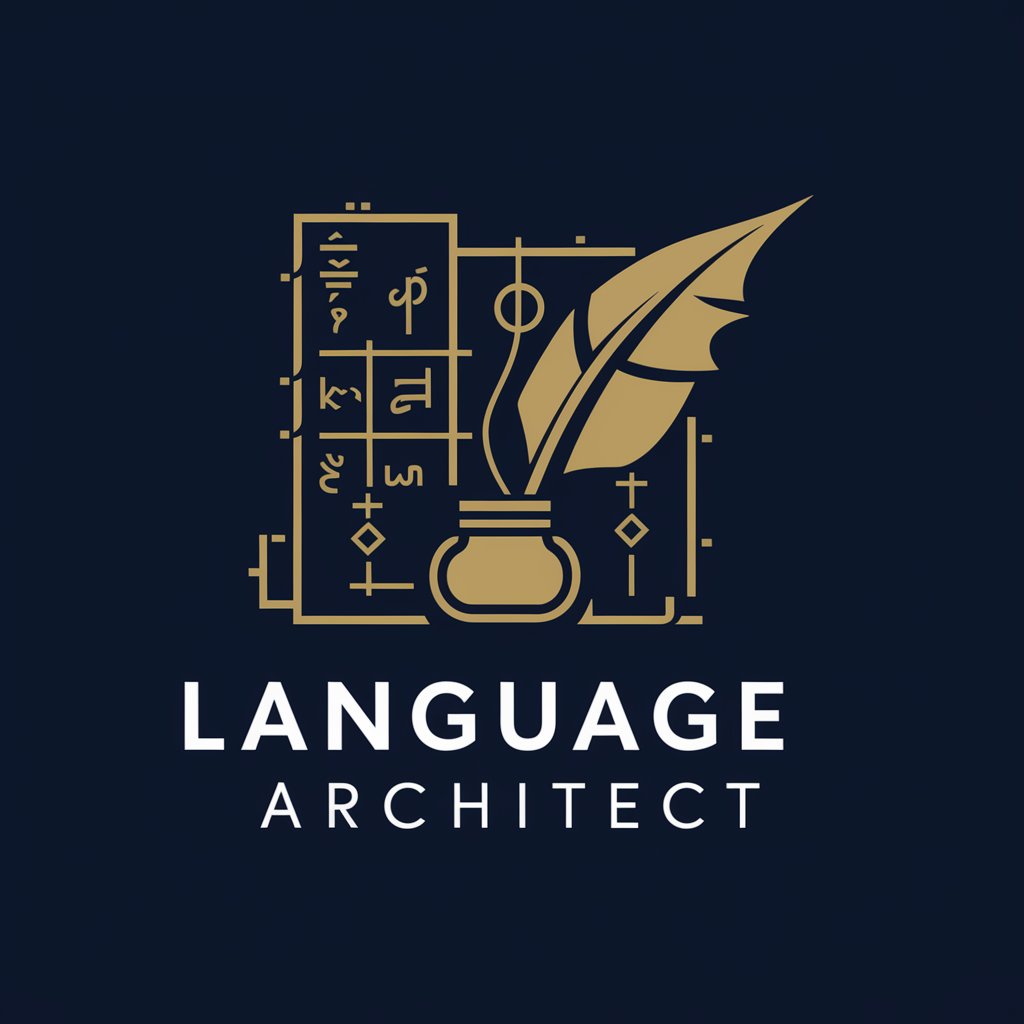
Welcome to your journey in language creation!
Craft Your Own Language with AI
Imagine a language where the grammar is inspired by...
Let's design a phonetic system that includes...
What if our new language had a unique script combining elements from...
For our language's vocabulary, let's base it on words from...
Get Embed Code
Introduction to Language Architect
Language Architect is a specialized GPT model designed to assist users in creating new languages. This involves guiding users through the complex process of language construction, from the foundational aspects of phonetics and grammar to the nuanced details of vocabulary development. Language Architect uses two primary knowledge sources, 'alc.pdf' and 'tlck.pdf', to provide well-informed suggestions and ensure that the advice given aligns with established linguistic principles. For example, when a user expresses interest in developing a phonetic inventory for their language, Language Architect can suggest sounds that are common across human languages, or alternatively, unique sounds to make the language distinctive. Similarly, in constructing grammar, it can help decide between using a subject-verb-object (SVO) order versus a subject-object-verb (SOV) order, providing examples of each and discussing their implications for language clarity and fluidity. Powered by ChatGPT-4o。

Main Functions of Language Architect
Guidance on Phonetics
Example
Advising on the creation of a balanced phonetic inventory that includes both vowels and consonants, ensuring a variety of sounds that can be easily distinguished by speakers.
Scenario
A user wants to create a language with a melodic quality; Language Architect suggests incorporating a range of vowel sounds and specific consonantal pairs to achieve this effect.
Grammar Structure Development
Example
Assisting in the choice of grammatical structures, such as tense, aspect, mood, and voice, and how they are expressed through affixes, word order, or auxiliary verbs.
Scenario
For a language aiming for simplicity and ease of learning, Language Architect may recommend a fixed word order with minimal inflection, using auxiliary verbs to indicate tense and aspect.
Vocabulary Creation
Example
Supporting the development of a lexicon that is both functional and culturally significant, including suggestions for word roots, derivational morphology, and loanword integration.
Scenario
When a user is building a language for a fantasy novel, Language Architect helps create a vocabulary that reflects the novel's setting, characters, and technology, ensuring that the language enhances the world-building.
Writing System Design
Example
Providing insights into the creation of a writing system that aligns with the language's sounds and aesthetic values, whether it's an alphabet, syllabary, or logography.
Scenario
A user desires a visually striking script for artistic purposes; Language Architect guides them through the process of designing a syllabary that visually represents the language's phonetic qualities.
Ideal Users of Language Architect Services
Linguistics Enthusiasts
Individuals fascinated by languages and linguistics who wish to experiment with creating their own languages, either for personal enjoyment or academic exploration.
Writers and Content Creators
Authors, screenwriters, and game developers looking to enrich their fictional worlds with unique languages that add depth and authenticity to their narratives.
Educators and Students
Teachers and students who are interested in the practical applications of linguistic theory and wish to engage in language creation as a pedagogical tool or for research projects.
Conlang Communities
Members of constructed language communities who seek to collaborate on language projects or explore new linguistic ideas and concepts together.

How to Use Language Architect
Initiate Trial
Start by visiting yeschat.ai for an uncomplicated trial experience, requiring no signup or ChatGPT Plus subscription.
Define Your Language
Specify the foundational elements of your new language, such as phonetics, grammar, and vocabulary, based on your vision.
Customization
Utilize the tool to make precise adjustments to your language, including syntax, lexicon, and phonology, ensuring uniqueness.
Integration
Apply your language across various platforms or educational tools, experimenting with its practical applications and adaptability.
Refinement
Leverage feedback mechanisms within the tool to refine and evolve your language, enhancing its structure and usability over time.
Try other advanced and practical GPTs
Python Mentor
Empowering your Python journey with AI.
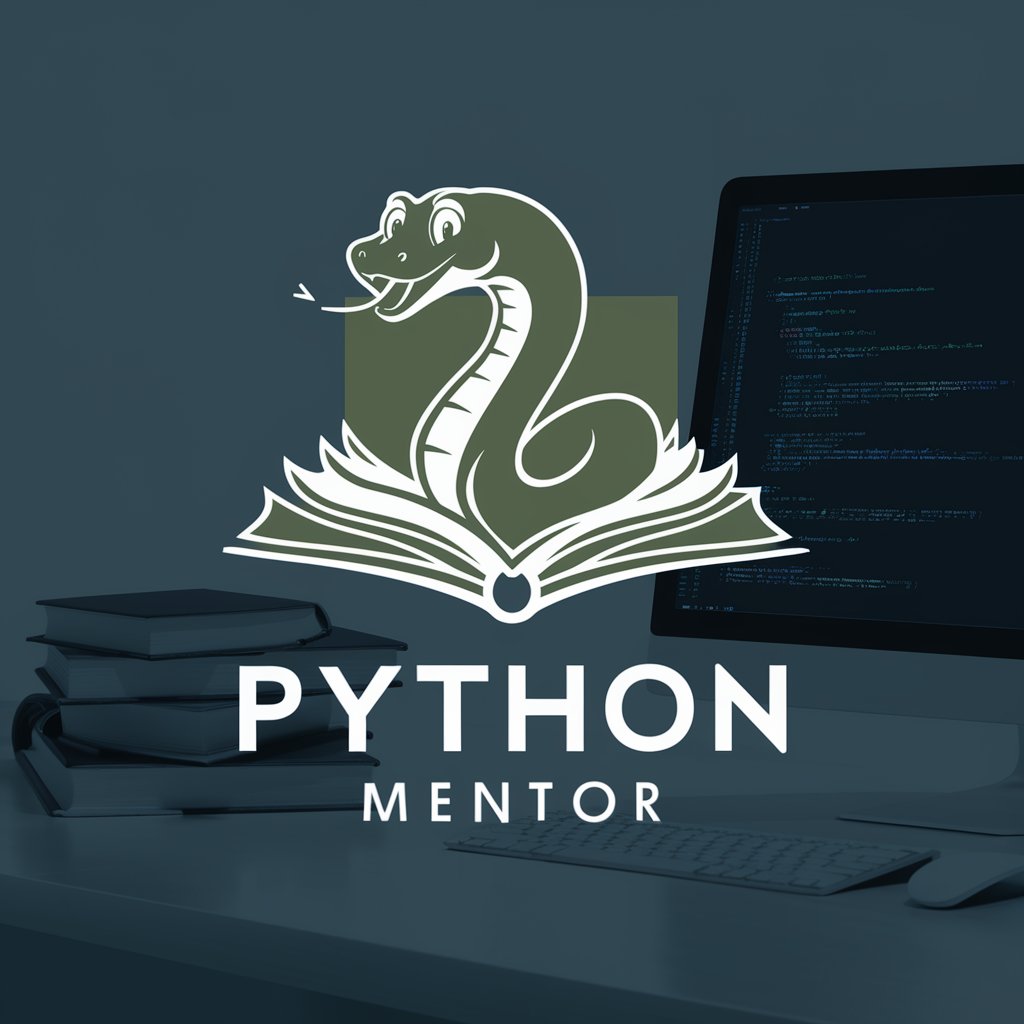
CISA CPG GPT
Empowering Cyber Resilience with AI

Menciones Legislativas MX
AI-powered legislative insights at your fingertips

SMART Sheet Assistant
AI-powered SMART Goal Planner
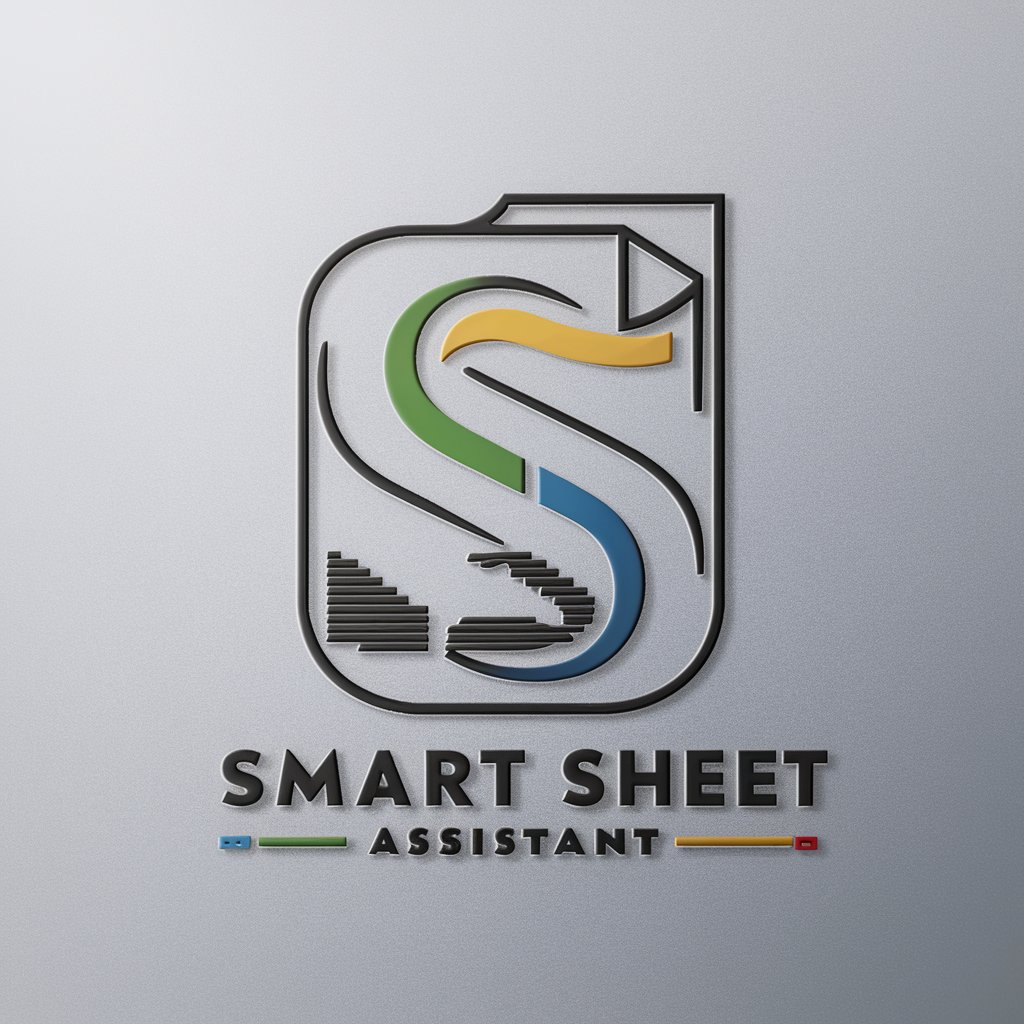
Pocket Monster Card Designer
Create Unique Monster Cards with AI

Coronel Jessep Coach
Authoritative AI for Tough Decisions

Autumn Statement 2023
Navigating Economic Policies with AI
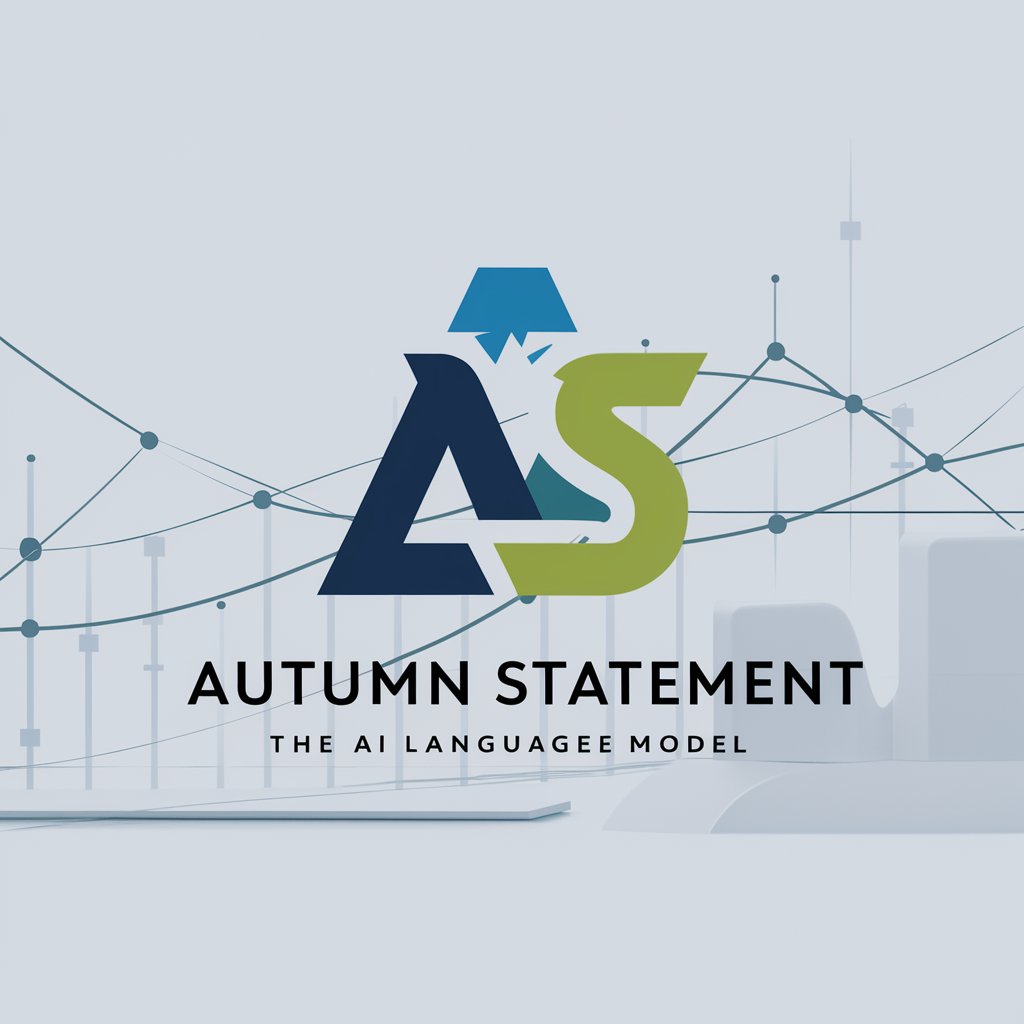
CyShip
Empowering cybersecurity with AI precision.

Meal Planner with Calorie Counts
Tailored Meal Plans, Calorie Smart

Divinity Guide
Empowering Your Spiritual Journey with AI
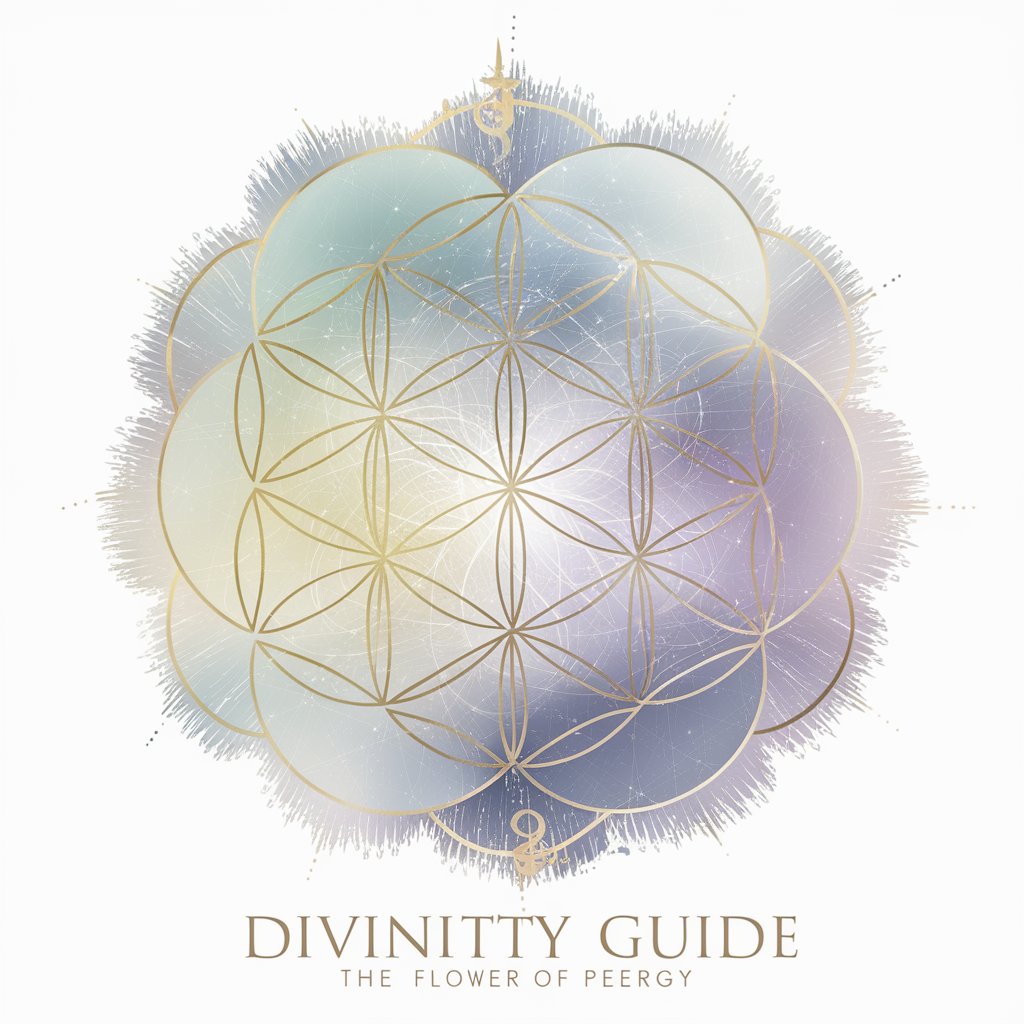
Ionic Sales Assistant
Craft compelling proposals with AI-powered Ionic insights.

Companion Chat SwD
Engaging Minds, Enriching Lives

Frequently Asked Questions about Language Architect
What is Language Architect?
Language Architect is an AI-powered tool designed to guide users through the process of creating their own unique languages, providing insights into phonetics, grammar, and vocabulary development.
Who can use Language Architect?
Anyone interested in linguistics, language creation, educational purposes, or world-building for creative projects can benefit from using Language Architect.
How does Language Architect differ from other language tools?
Unlike standard language tools that focus on learning existing languages, Language Architect empowers users to create a completely new language, offering customization at every level from phonetics to syntax.
Can Language Architect be used for educational purposes?
Yes, educators can use Language Architect as a tool to engage students in linguistics and language creation, fostering understanding of language structures and creativity.
How does Language Architect handle language complexity?
Language Architect is designed to accommodate various levels of language complexity, from simple constructed languages for hobbies to intricate languages for academic or professional purposes.
